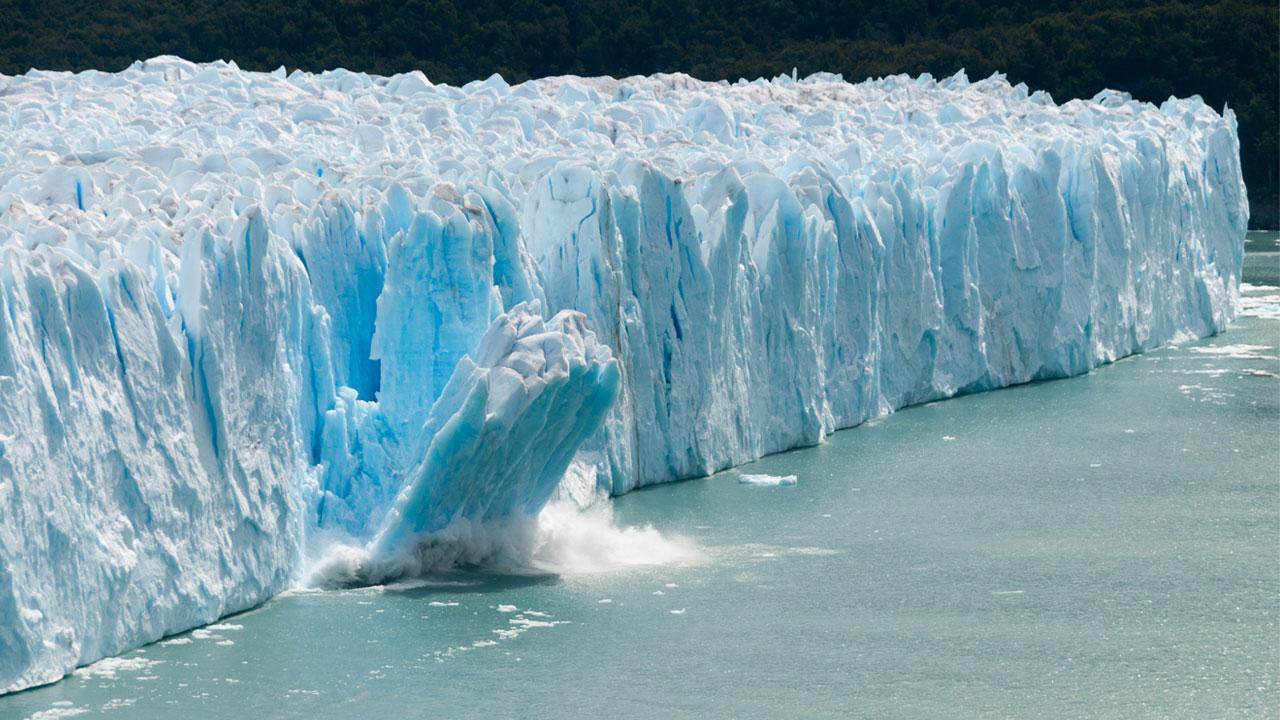The majority of all ice loss was driven by atmospheric melting (68 per cent), with the remaining losses (32 per cent) being driven by oceanic melting, a team led by researchers at the University of Leeds in the UK said

Representational picture. Courtesy: iStock
Earth has lost 28 trillion tonnes of ice between 1994 and 2017, according to a study which reveals that the rate at which ice is disappearing across the planet is speeding up.
ADVERTISEMENT
The research, published on Monday in The Cryosphere journal, found that the rate of ice loss from the Earth has increased markedly within the past three decades, from 0.8 trillion tonnes per year in the 1990s to 1.3 trillion tonnes per year by 2017.
The team, led by researchers at the University of Leeds in the UK, is the first to carry out a survey of global ice loss using satellite data.
The researchers noted that ice melt across the globe raises sea levels, increases the risk of flooding to coastal communities, and threatens to wipe out natural habitats which the wildlife depends on.
The study shows that overall, there has been a 65 per cent increase in the rate of ice loss over the 23-year survey.
This has been mainly driven by steep rise in losses from the polar ice sheets in Antarctica and Greenland.
"Although every region we studied lost ice, losses from the Antarctic and Greenland ice sheets have accelerated the most," said lead author Thomas Slater, a Research Fellow at Leeds University.
"The ice sheets are now following the worst-case climate warming scenarios set out by the Intergovernmental Panel on Climate Change. Sea-level rise on this scale will have very serious impacts on coastal communities this century," Slater said.
The researchers noted that the increase in ice loss has been triggered by warming of the atmosphere and oceans, which have warmed by 0.26 and 0.12 degrees Celsius per decade since the 1980, respectively.
The majority of all ice loss was driven by atmospheric melting (68 per cent), with the remaining losses (32 per cent) being driven by oceanic melting, they said.
The survey covers 215,000 mountain glaciers spread around the planet, the polar ice sheets in Greenland and Antarctica, the ice shelves floating around Antarctica, and sea ice drifting in the Arctic and Southern Oceans.
Rising atmospheric temperatures have been the main driver of the decline in Arctic sea ice and mountain glaciers across the globe, while rising ocean temperatures have increased the melting of the Antarctic ice sheet, according to the researchers.
For the Greenland ice sheet and Antarctic ice shelves, ice losses have been triggered by a combination of rising ocean and atmospheric temperatures, they said. During the survey period, every category lost ice, but the biggest losses were from Arctic Sea ice (7.6 trillion tonnes) and Antarctic ice shelves (6.5 trillion tonnes), both of which float on the polar oceans.
"Sea ice loss doesn't contribute directly to sea level rise but it does have an indirect influence. One of the key roles of Arctic sea ice is to reflect solar radiation back into space which helps keep the Arctic cool," said Isobel Lawrence, a Research Fellow at Leeds.
"As the sea ice shrinks, more solar energy is being absorbed by the oceans and atmosphere, causing the Arctic to warm faster than anywhere else on the planet," Lawrence added.
 Subscribe today by clicking the link and stay updated with the latest news!" Click here!
Subscribe today by clicking the link and stay updated with the latest news!" Click here!






